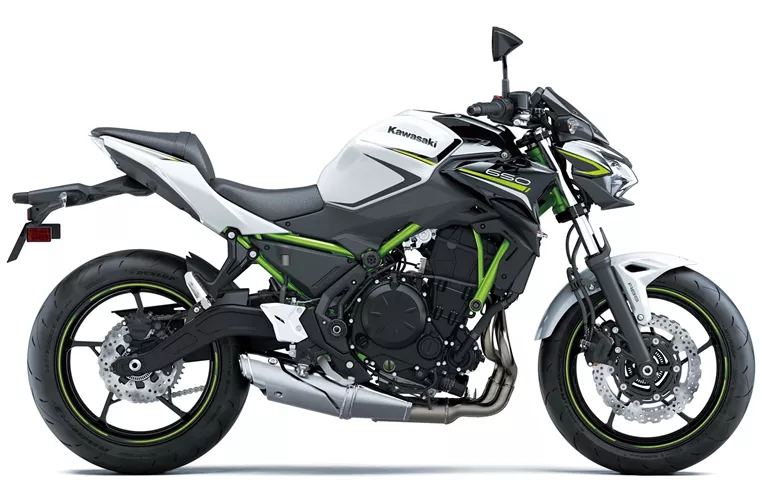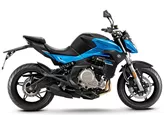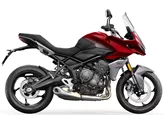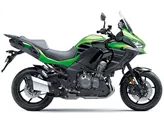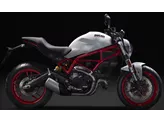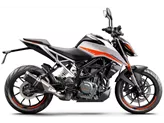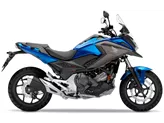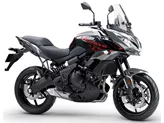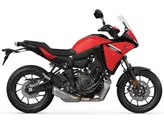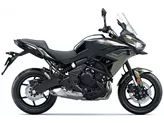Kawasaki Z650 2020 vs. Kawasaki Versys 650 2016
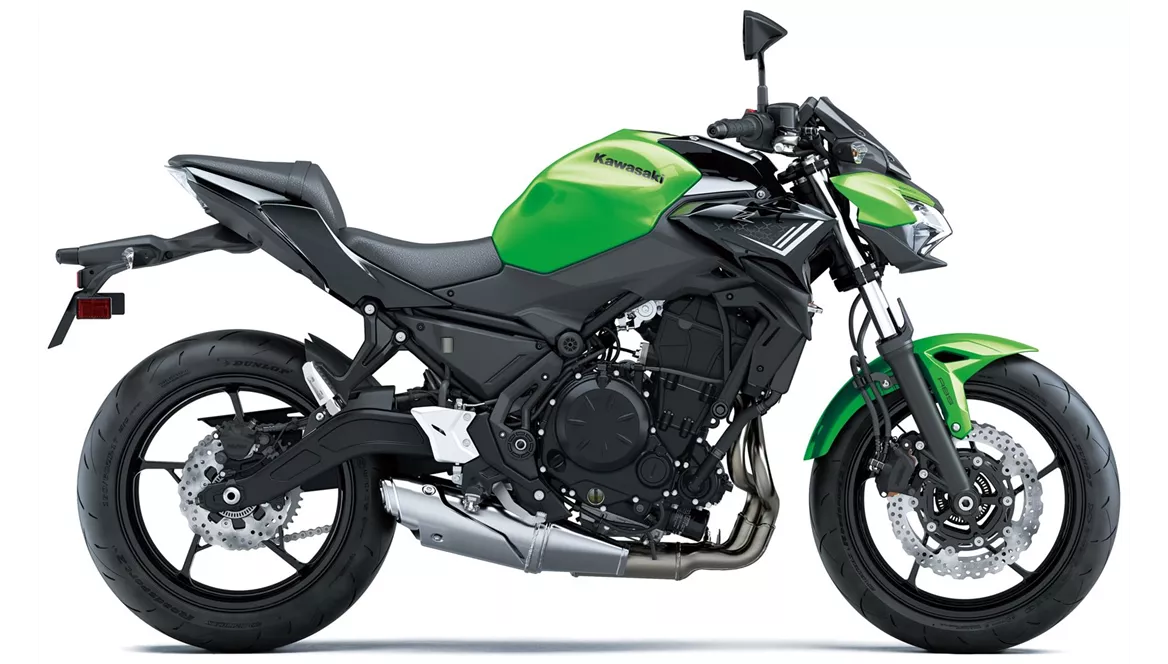
Kawasaki Z650 2020

Kawasaki Versys 650 2016
Overview - Kawasaki Z650 2020 vs Kawasaki Versys 650 2016
The Kawasaki Z650 2020 and the Kawasaki Versys 650 2016 are both popular models from Kawasaki, but they have some notable differences in terms of specifications and features.
Starting with the engine and drive train, both bikes have an in-line, liquid-cooled engine with the same bore and stroke measurements of 83 mm and 60 mm, respectively. However, there is a slight difference in engine power and torque. The Z650 2020 has a slightly lower engine power of 68.2 HP compared to the Versys 650 2016 which has 69 HP. Similarly, the Z650 2020 has a torque of 65.7 Nm, while the Versys 650 2016 has a torque of 64 Nm. Both bikes have an electric starter and a chain transmission.
In terms of suspension, the Z650 2020 features a telescopic fork at the front, while the Versys 650 2016 has an upside-down telescopic fork. The rear suspension of the Z650 2020 can be adjusted for preload, whereas the Versys 650 2016 allows for rebound adjustment.
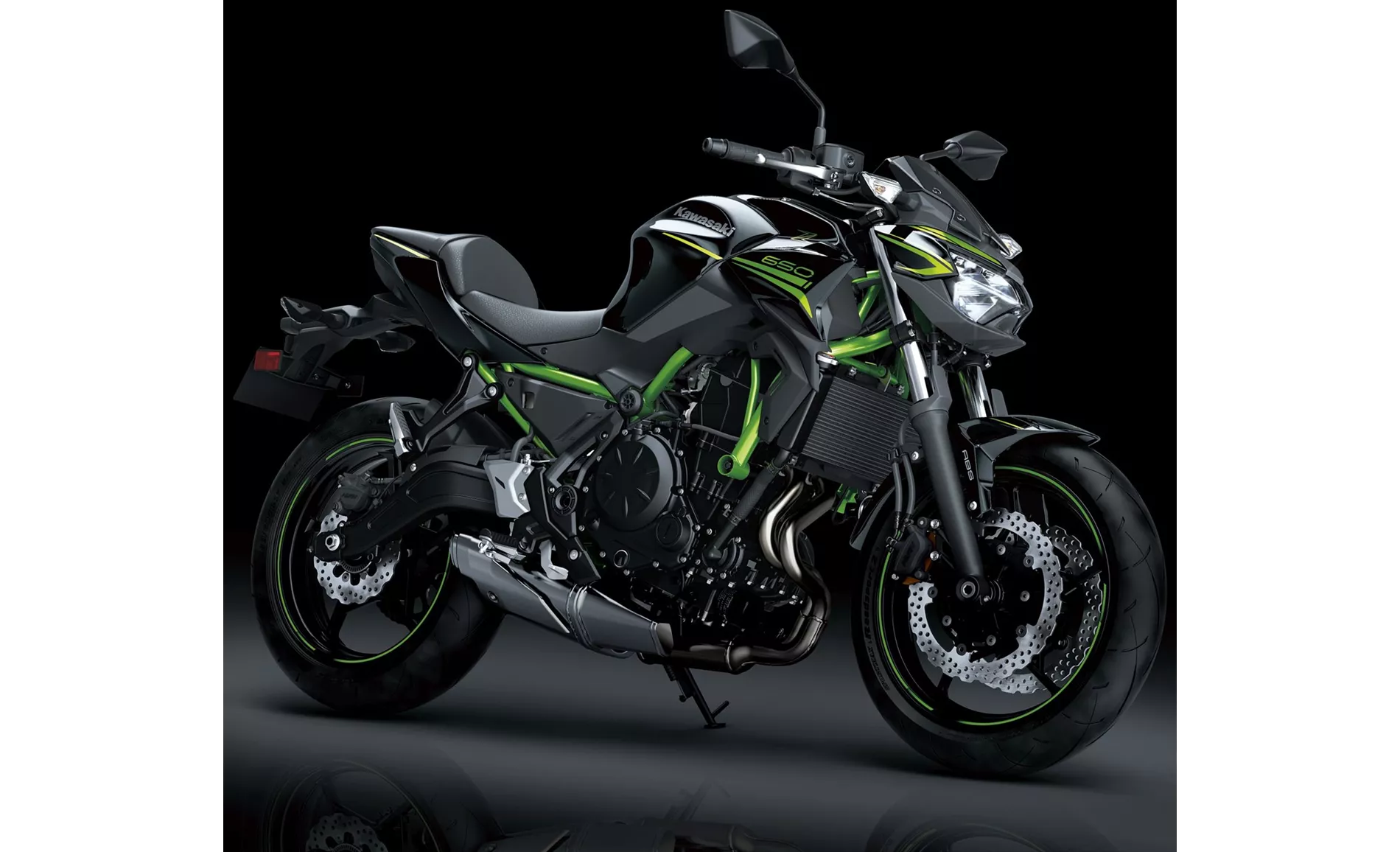
Kawasaki Z650 2020
Both bikes have a steel frame and double disk brakes with double piston technology at the front. They also share the same tire specifications, with a front tire width of 120 mm and a rear tire width of 160 mm. The tire diameters are also the same at 17 inches.
When it comes to dimensions and weights, the Z650 2020 has a slightly shorter wheelbase of 1410 mm compared to the 1415 mm of the Versys 650 2016. The seat height of the Z650 2020 is lower at 790 mm, making it more suitable for riders with shorter legs. On the other hand, the Versys 650 2016 has a higher seat height of 840 mm, which may be more comfortable for taller riders. The Z650 2020 has a kerb weight of 185 kg (187.1 kg with ABS), while the Versys 650 2016 is heavier at 214 kg (216 kg with ABS). Additionally, the Versys 650 2016 has a larger fuel tank capacity of 21 liters, providing a longer range compared to the Z650 2020's 15-liter tank.

Kawasaki Versys 650 2016
In terms of strengths, the Z650 2020 offers a powerful two-cylinder engine, aggressive intake noise, compact dimensions, low seat height, stable chassis, TFT display with connectivity, and a grown-up look. On the other hand, the Versys 650 2016 boasts adjustable brake and clutch levers, a wide range of use, a 21-liter fuel tank, and a sporty look.
However, both bikes have their weaknesses as well. The Z650 2020 has been criticized for its front brake pressure point, which may not be to everyone's liking. It is also potentially uncomfortable for tall riders, and the Rideology App is not considered 100% sophisticated. The Versys 650 2016, on the other hand, has narrow handlebars, can feel somewhat sluggish in bends, and has a high seat, which may not be suitable for shorter riders.
In conclusion, while both the Kawasaki Z650 2020 and the Kawasaki Versys 650 2016 have their own strengths and weaknesses, they are both reliable and versatile bikes that cater to different riding preferences. The Z650 2020 is more suitable for riders who prefer a compact and sporty naked bike, while the Versys 650 2016 is better suited for those who want a more versatile and adventure-oriented motorcycle.
Technical Specifications Kawasaki Z650 2020 compared to Kawasaki Versys 650 2016
Pros and Cons in comparison
Pros and Cons in comparison
Kawasaki Z650 2020
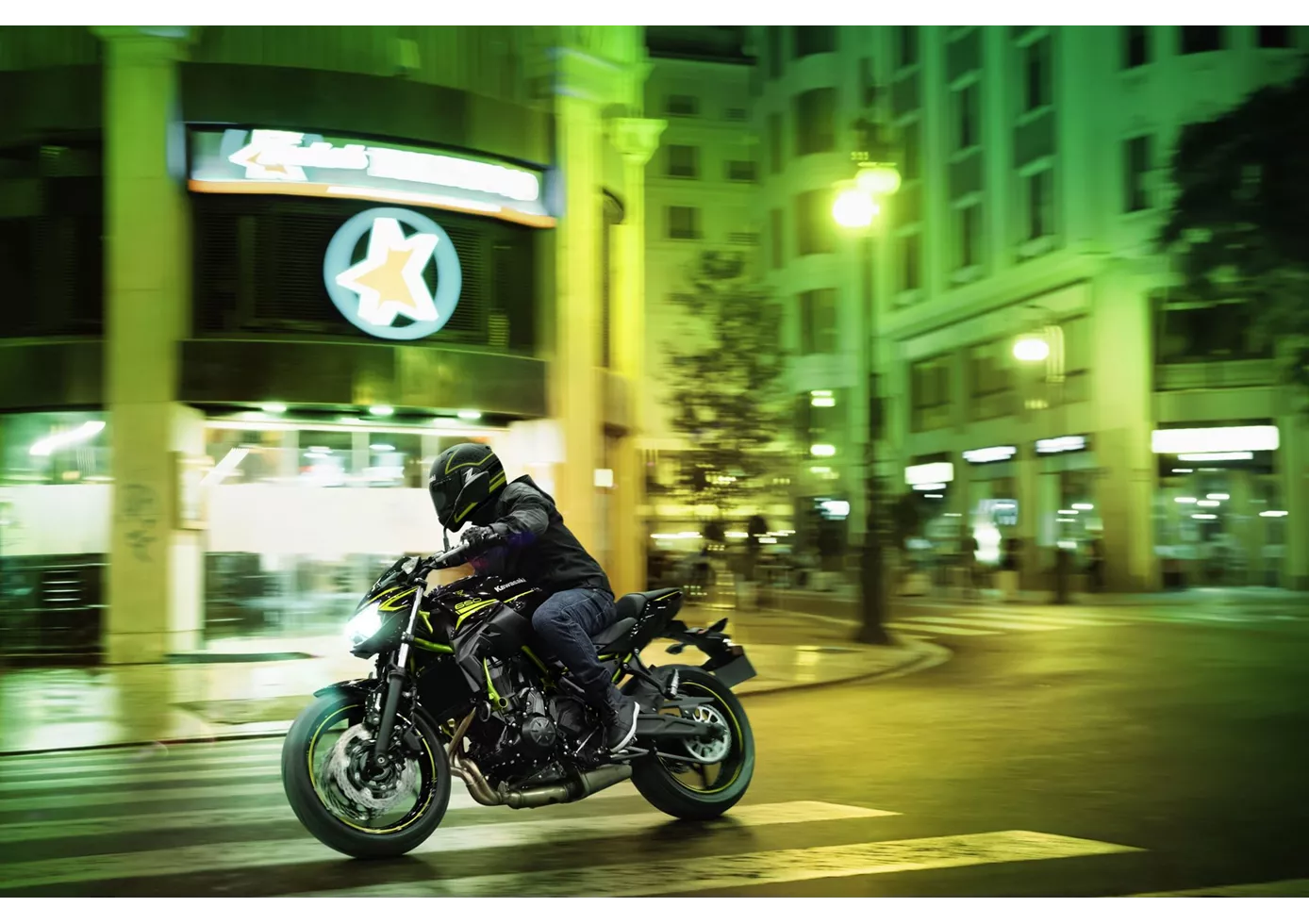
It's simply marvellous what Kawasaki has put together in a complete package with the new Z650. The technical components may not knock your socks off individually, but in combination they make for a pleasantly neutral motorbike that everyone will enjoy. No bitchy idiosyncrasies - simply a naked bike that works really well on winding country roads. Of course, the TFT display, which we don't find in the competition at the moment, is a plus, as is the grown-up look, which is strongly oriented towards the larger Z models. Only the pressure point of the front brake could have been more clearly defined - but you can't have everything in this price range.
Kawasaki Versys 650 2016

When it was first introduced, the Versys 650 was a refreshing, modern concept that combined lots of fun with a lively in-line two-cylinder engine, high everyday utility and a wide range of uses. In the meantime, it has a few years under its belt and, after the visual update, which is very successful, it also deserves a technical overhaul. While the tank should not shrink, a lower seat height would be desirable.
Price Comparison Avarage Market Price Kawasaki Z650 vs Kawasaki Versys 650
There are a few key differences between a Kawasaki Z650 2020 and a Kawasaki Versys 650 2016. In terms of price, the actual average price of a Kawasaki Versys 650 2016 is about 3% higher. Compared to Kawasaki Versys 650 2016 there are more Kawasaki Z650 2020 bikes available on the 1000PS.de Marketplace, specifically 21 compared to 10. It takes less time to sell a Kawasaki Z650 with 80 days compared to 101 days for a Kawasaki Versys 650. Since model year 2017 1000PS.de editors have written 31 reviews for the Kawasaki Z650 and 39 reviews for the Kawasaki Versys 650 since model year 2007. The first review for the Kawasaki Z650 was published on 11/8/2016 and now has more than 25,000 views. This compares to more than 3,900 views for the first review on Kawasaki Versys 650 published on 7/25/2006.
